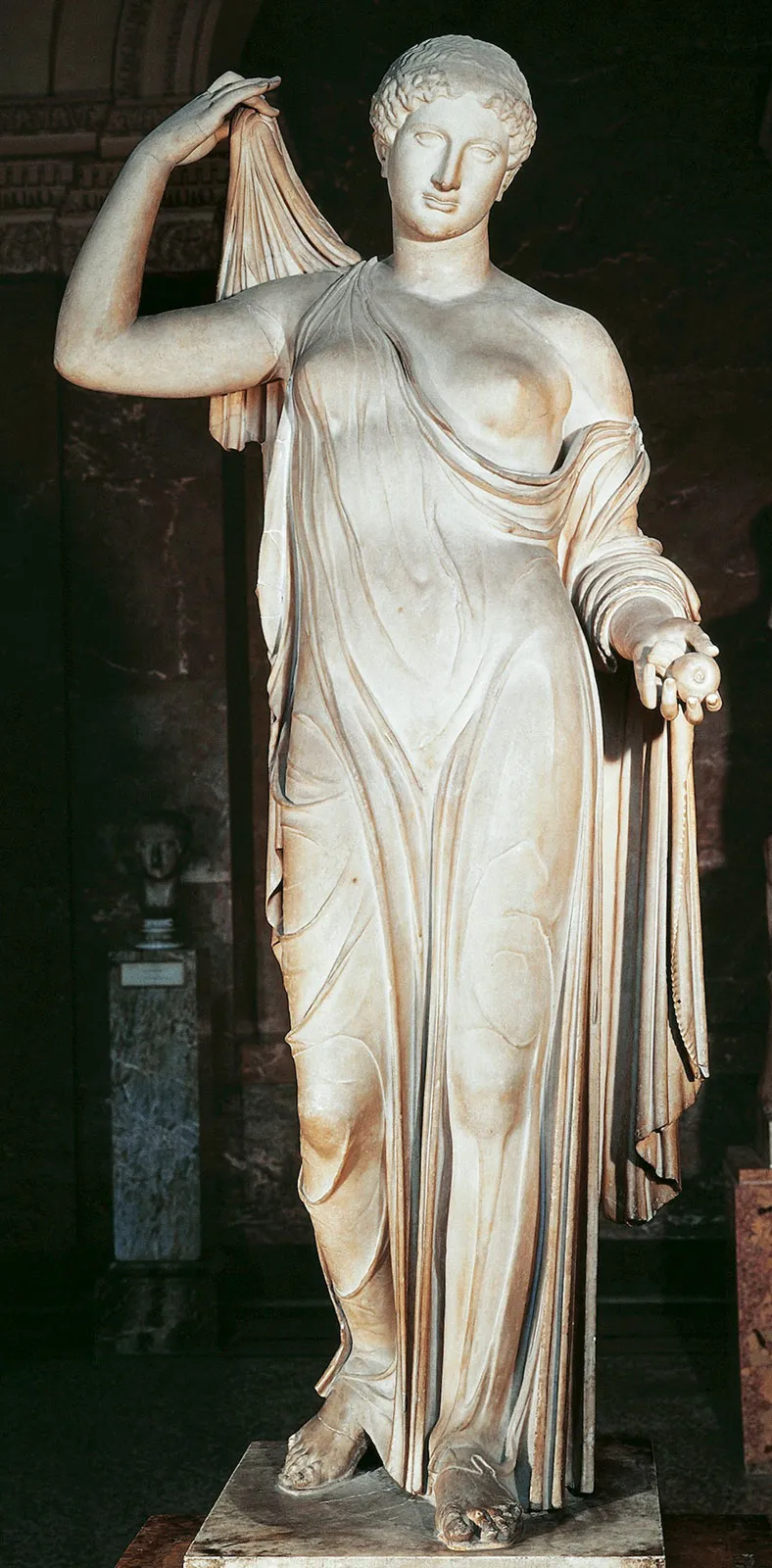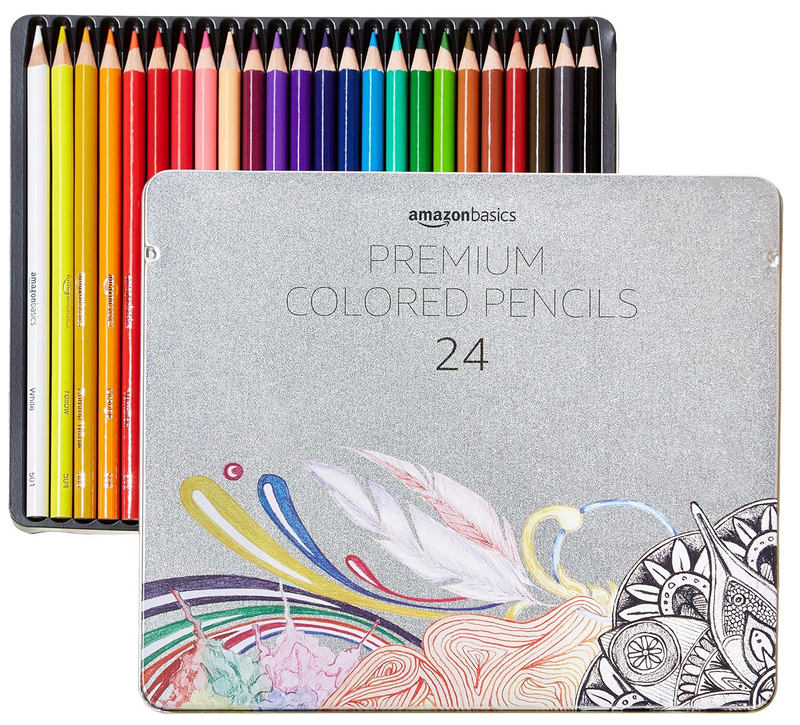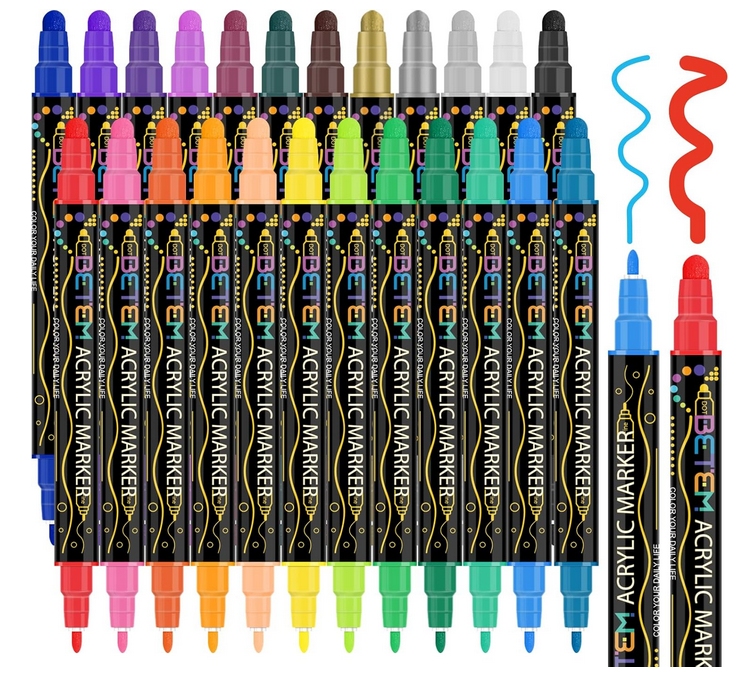Aesthetics
 Aphrodite
AphroditeThe word "aesthetics" comes from the Greek language, referring to the ancient branch of philosophy concerned with the study of beauty.
A work of art can be judged based on its beauty, or how much it pleases the viewer or spectator. What is pleasing remains subjective; it may change from culture to culture, from person to person. An aesthetic may be tied to a place or a time.
Modernist Aesthetics
Beauty may be found in a Modernist artwork's concept or ideas as well as its form or color, or how well a painting faithfully resembles its subject, as in the example of portrait painting. An appreciation of beauty will change according to the context in which an artwork is made. Values and conventions will influence the choices an artist makes as well as the appreciation of the viewers or consumers of the art:
- art provides some insight into the person or culture making it;
- how we interpret a work from another place and time is biased by our own experiences and beliefs;
- the current context guides our thoughts about the work, whether we see it in a local museum, or reproduced in a book, or in its original setting, such as in a medieval church.
Many other factors may influence our reaction to art, such as ...
- cultural diversity
- idealization
- imagery, subject matter
- style
- traditions
For as long as records of humans go back in time, people have produced art. Art is its own language used help us understand things that are difficult to express in words. Art can help tell stories, explain relationships between people, give insight to the unknown. Art can display wealth, express injustice, engage a viewers admiration; art can make an unforgettable impression - it becomes memorable and might be kept in a museum, proving its enduring interest.
When we look closely at a work of art, we may find that it tells us something. We may then ask what the artist intended. After looking again and re-examining, we may come close to the truth of the artist's intent; but this truth is never absolute. We ought to consider its context: its label, its time, its place, its postion in relation to artworks of the same time and place. Understanding and enjoying art through looking and reflecting, observing our own responses may be the experience of its beauty.
https://www.art-lesson-plans.com/Beauty.html
- see Yenawine
Okay, so now I've put on some ads from Amazon - from which I may earn a few cents. (2025)



